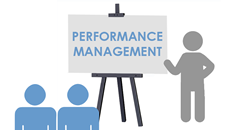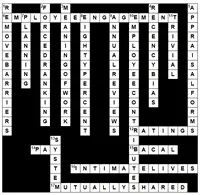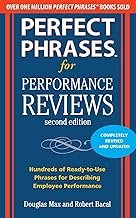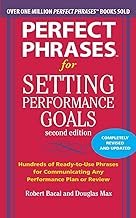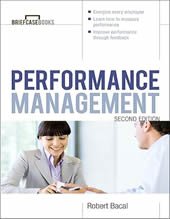The Narrative Method For Describing Employee Performance
The narrative method of documenting and reviewing performance involves “writing a story” to describe the performance of an employee. The best way to clarify this method is to show you an example of a simple, short narrative. The following is a narrative written for receptionist and switchboard operator Clarence.
Clarence works well under pressure and handles phone calls efficiently and effectively. His ability to stay on top of both calls and in-person visitors is a bonus, and several clients have commented on how polite and helpful he is. On occasion Clarence has misdirected calls, resulting in a few customers feeling they’ve gotten the runaround. This is probably due to not having had the roles of staff properly explained to him.
Clarence has shown the ability to learn new skills and a
desire to take on additional responsibilities.
I consider Clarence a valuable employee and someone who
might train to do more advanced tasks to be considered for
promotion.
In this very short example, Clarence’s major job responsibilities are covered, with comments about each. Narratives need not be limited to descriptions of job behavior or abilities, but can also include plans for training and promotion and results of problem diagnostics and performance problem solving.
The narrative method is exceedingly flexible. A narrative can be about almost anything and can be written on a supplied form, typed into a computer, or just written longhand. It can be composed of one single general narrative or it can be structured using pre-designated categories. For example, a narrative form might include categories like “Punctuality and Attendance,” “Interaction with Customers,” and “Sales Success” or use any categories relevant to a particular employee’s work. The narrative can be structured in almost any way, with many categories or very few.
Narratives can also include some basic rating elements, so the information recorded can be summarized. It’s not uncommon for a narrative to contain an overall summary section, which requires the narrator to indicate whether the person’s overall performance is in need of improvement, satisfactory, or excellent. Those ratings, however, are not the focus of the process. The narrative is the focus.
The narrative method is exceedingly flexible. A narrative can be about almost anything and can be written on a supplied form, typed into a computer, or just written longhand. It can be composed of one single general narrative or it can be structured using pre-designated categories.
You can use various methods for coming up with the final narrative for an employee.
The worst way to do it is to sit in your office, write the narrative, and then stick it in front of the employee at the review meeting for his or her signature. That completely misses the point, which is for you and the employee to work together to identify and solve problems.
A more productive way is for you and the employee to prepare for the review meeting by making notes and jotting down phrases that describe the employee’s performance. Those notes become the basis for the review discussion. During that discussion, you work with the employee to draft a narrative that both of you feel is accurate, fair, and useful for both of you.
A third way is to have two review meetings. At the first, you and the employee discuss performance and make notes. Next, one of you writes the narrative. Then, you meet again, let’s say a week later, to discuss the narrative.
Check out the pro's and con's of the narrative method for documenting employee performance.
